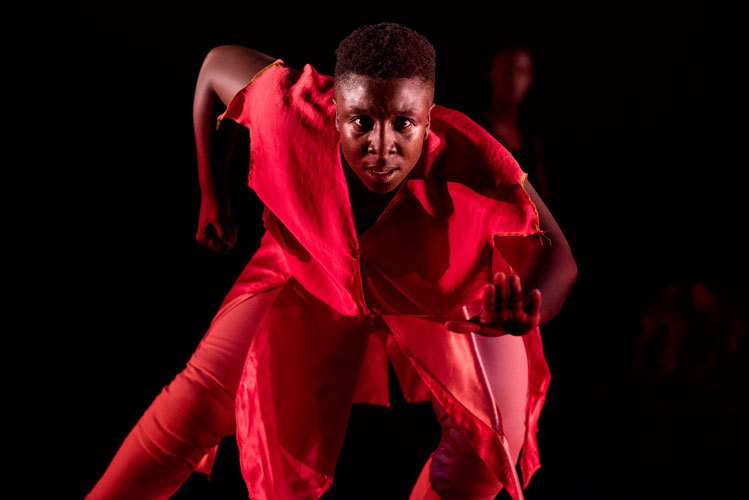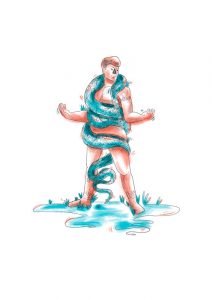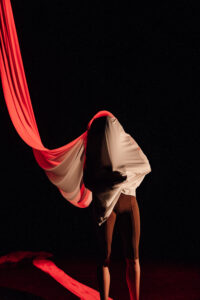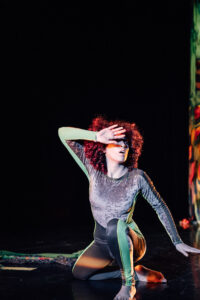





Osumare is the spirit of the rainbow and the serpent. Genderless, they represent regeneration and rebirth. Osumare is the spirit of the rainbow and the roadway to unleashing divine consciousness. Osumare represents both masculine and feminine energies with an ability to change sex. Osumare is in essence an archetypal representation of kundalini energy and the chakras. The divine rainbow serpent provides us with the opportunity to connect with our destiny by traveling through the inner self. This powerful Orisha provides an infinite gateway of immense power.
Iemanja is the mother of all Orixás and represents the sea. She can be loving, kind and vicious. She is soft like the breeze of the waves and destructive like the storm of the ocean.

Strongly is associated with infectious disease and also healing, Omolu is sometimes referred to as the “Wrath of the supreme god.”
Is a warrior known as the god of war, pathways and community, It is under the possession of Ogun that Toussaint Louverture is said to have led the slave revolt in Haiti. Ogun is syncretised with St Anthony.

Oxóssi is the spirit associated with the hunt, forests, animals, and wealth. His colour is Green. He is the orixa of contemplation, loving the arts and beautiful things. He hunts with a bow and arrow (called an ofá), hunting for good influences and positive energies. His role as an often solitary figure in the wilderness lends him another role as a shaman. Oxossi is connected with all hunter cultures as well as the caboclos in Brazil known as the spirits of the native American dead, as well as the nature spirits of the forest.
Obatala is Father Sky, and said to be the creator of human bodies, which were brought to life by the smooth breath of Olodumare. Obatala is the father of all Orishas (irunmole or imole).
Ori is a Yoruba metaphysical concept meaning ”head”. It is often personified as an Orixá in its own right, and refers to our spiritual intuition and destiny
| Cookie | Duration | Description |
|---|---|---|
| cookielawinfo-checkbox-analytics | 11 months | This cookie is set by GDPR Cookie Consent plugin. The cookie is used to store the user consent for the cookies in the category "Analytics". |
| cookielawinfo-checkbox-functional | 11 months | The cookie is set by GDPR cookie consent to record the user consent for the cookies in the category "Functional". |
| cookielawinfo-checkbox-necessary | 11 months | This cookie is set by GDPR Cookie Consent plugin. The cookies is used to store the user consent for the cookies in the category "Necessary". |
| cookielawinfo-checkbox-others | 11 months | This cookie is set by GDPR Cookie Consent plugin. The cookie is used to store the user consent for the cookies in the category "Other. |
| cookielawinfo-checkbox-performance | 11 months | This cookie is set by GDPR Cookie Consent plugin. The cookie is used to store the user consent for the cookies in the category "Performance". |
| viewed_cookie_policy | 11 months | The cookie is set by the GDPR Cookie Consent plugin and is used to store whether or not user has consented to the use of cookies. It does not store any personal data. |